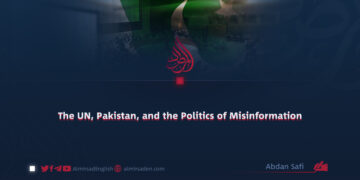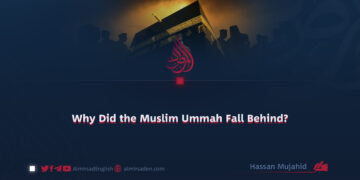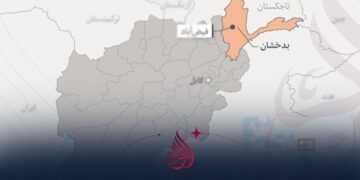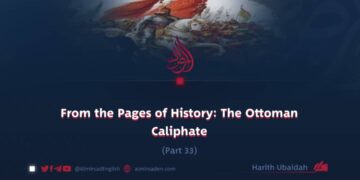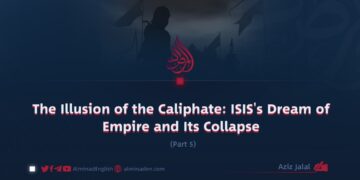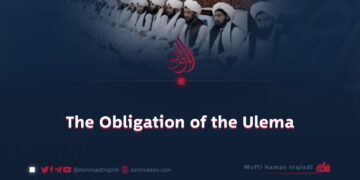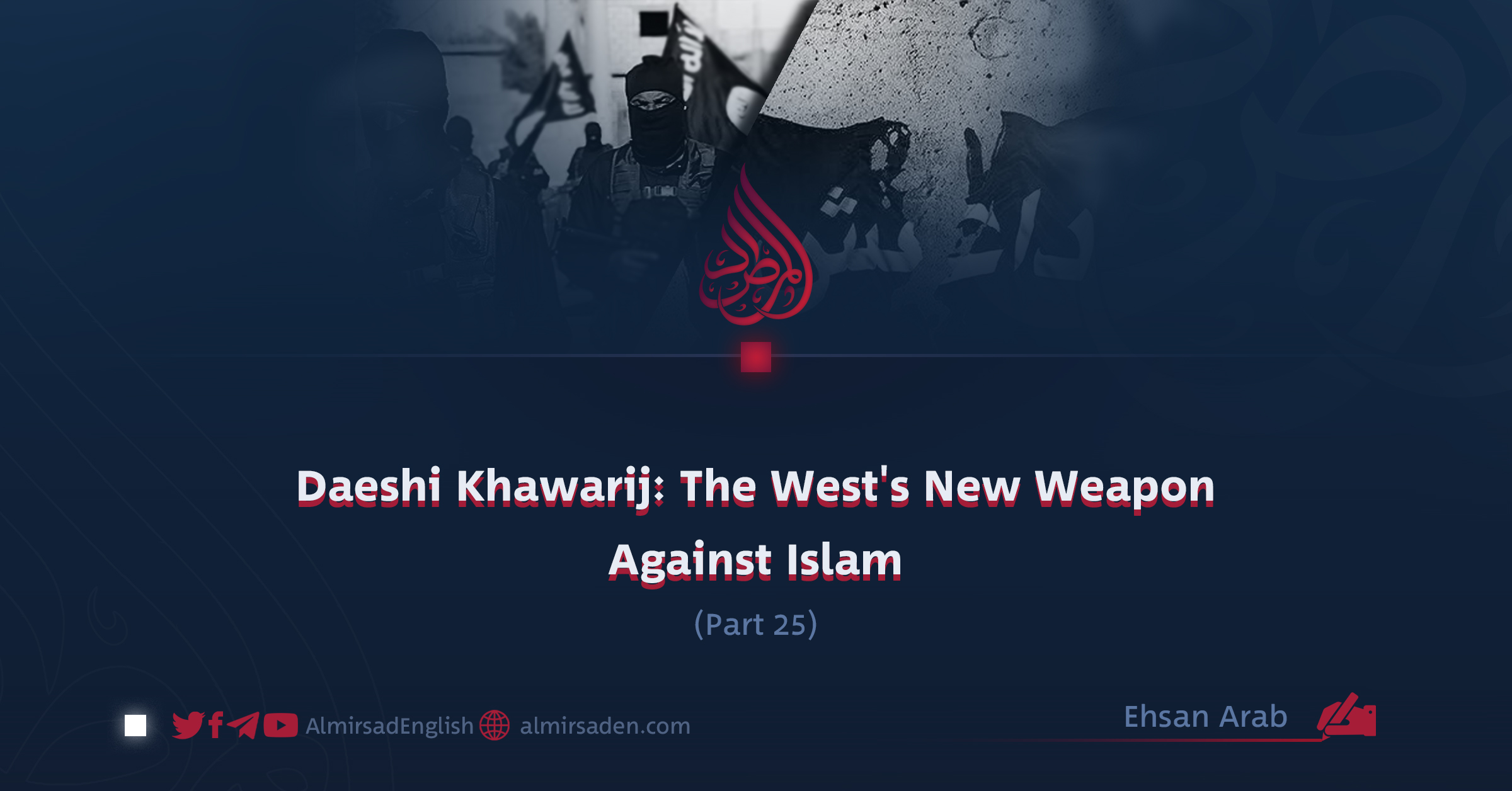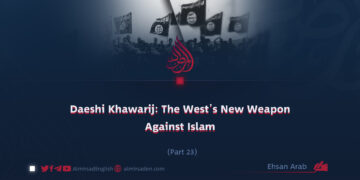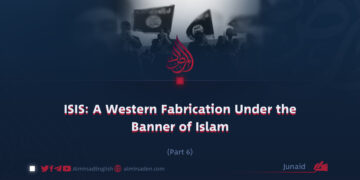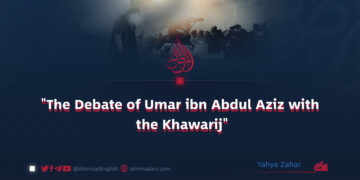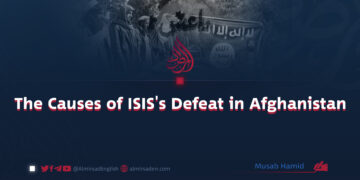Part 25
Ehsan Arab
1. Expansion of Surveillance and Intelligence Projects Targeting Muslims
The emergence of the group known as “ISIS” represented not only a profound human and religious calamity for the Islamic world, but also a strategic opportunity for Western powers to justify and escalate their surveillance and security operations against Muslims under the banner of counterterrorism.
Although ISIS presented itself under Islamic slogans, its structure, actions, and outcomes ultimately served the objectives of Western intelligence far more than any authentic Islamic cause. The Daeshi Khawarij, whether knowingly or unknowingly, became the most effective pretext for launching widespread intelligence surveillance, foreign military interventions, anti-Islamic legislation, and the promotion of Islamophobia.
In the aftermath of ISIS’s rise, intelligence agencies in the United States and Europe enacted new and unprecedented laws that permitted mass monitoring of Muslim communities. One notable example is the Patriot Act, initially implemented in the United States following the events of September 11. While controversial from its inception, the law gained further legitimacy and scope after the appearance of ISIS, providing broader powers for government surveillance and detentions.
Similarly, in Europe, programs such as PRISM, Tempora, and XKeyscore, along with facial recognition systems deployed at airports and in public spaces, were significantly expanded. These systems were used primarily to monitor mosques, Islamic centers, and Muslim activists under the justification of counterterrorism.
As ISIS intensified its online activities, Western governments increasingly relied on artificial intelligence to identify and track Islamic content in digital spaces. Platforms like YouTube, Telegram, and Twitter became primary targets for AI-powered monitoring, which aimed to flag religious expressions as potential indicators of radicalization.
The consequences extended far beyond cyberspace. ISIS’s actions provided justification for a broader wave of restrictive legislation targeting Muslim populations across Western nations. These laws increasingly encroached upon religious freedoms, including bans on Islamic dress, limitations on mosque construction, and constraints on religious education.
For instance:
In France, the ban on hijab and growing obstacles to building mosques were rationalized under the guise of fighting extremism.
In Germany, authorities initiated strict surveillance of imams, Islamic centers, and even Muslim households.
In the United Kingdom, the Prevent program placed even the most minor behaviors of Muslim children under scrutiny in the name of countering radicalization.
All of these developments were carried out in response to ISIS’s actions in Iraq and Syria, despite the fact that the vast majority of Muslims worldwide had denounced ISIS and clearly distanced themselves from its ideology and violence.
In effect, ISIS became the pretext through which Western powers expanded their intelligence grip and reinforced policies that infringed upon the civil and religious rights of Muslims. These policies continue to shape the landscape of Western societies and may have consequences that persist long after ISIS’s territorial collapse.



